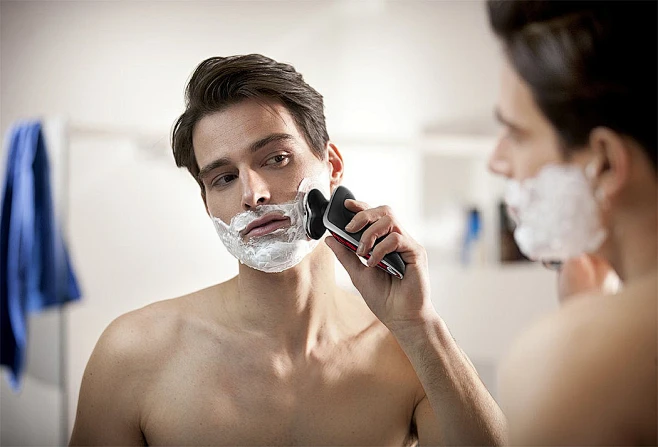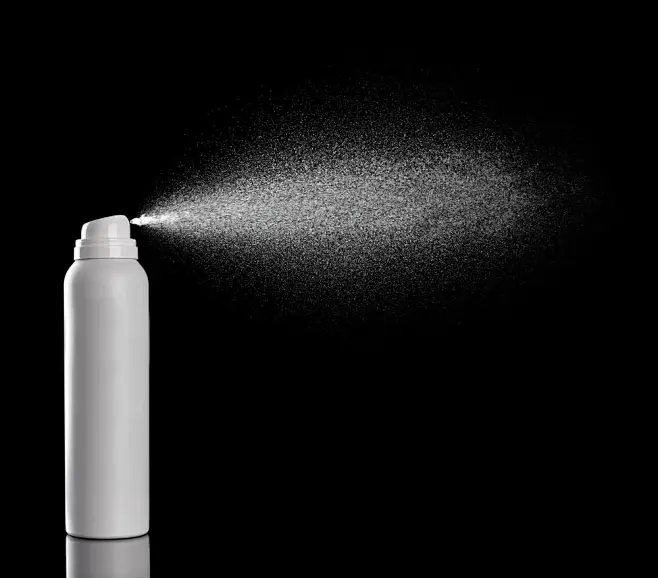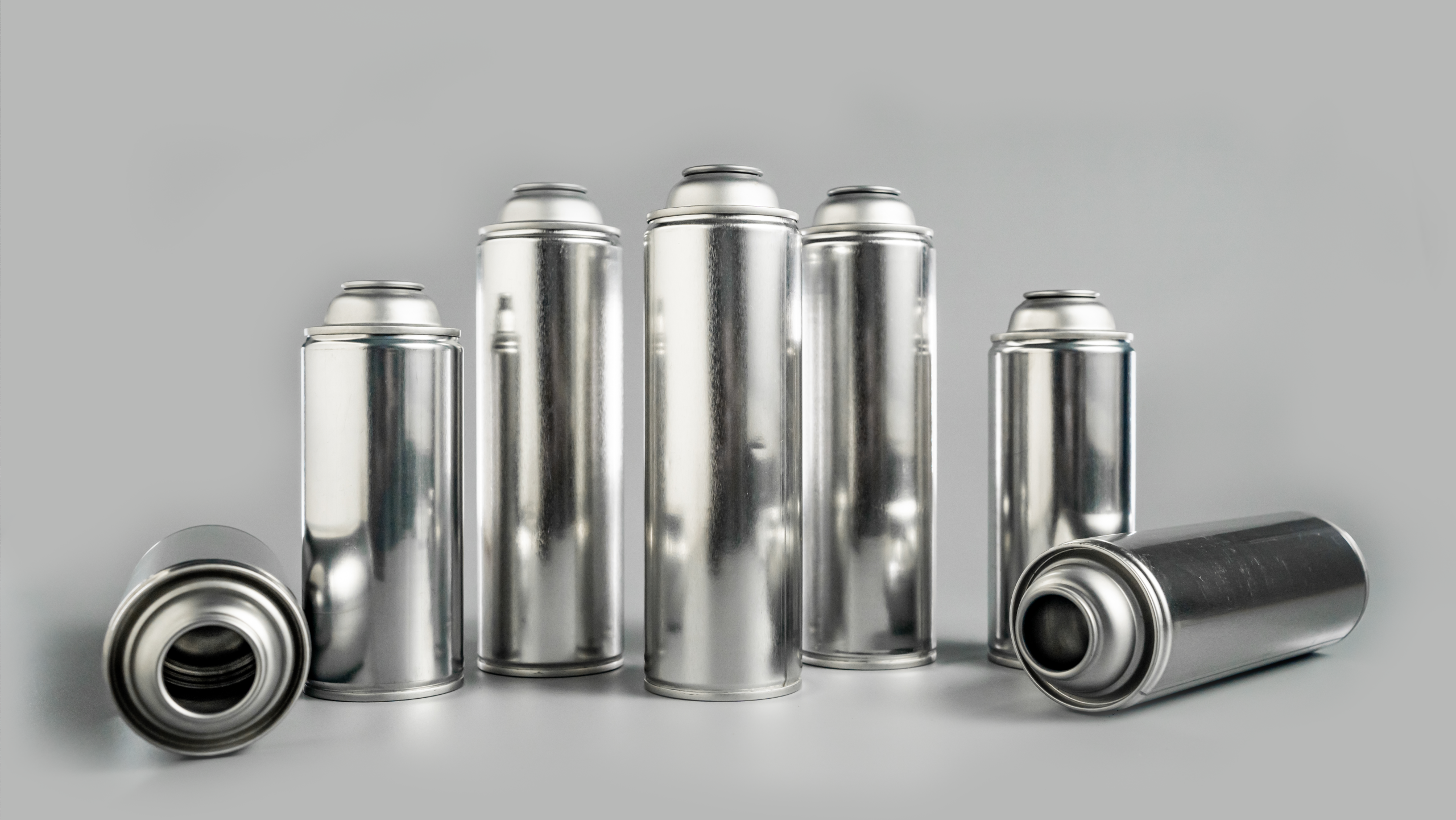Shaving cream is a daily chemical product used to assist razors in removing facial hair and unwanted body hair. Traditionally used by men, the market has seen increasing segmentation, with major international cosmetics companies now offering shaving creams specifically designed for women. According to the 2007 edition of China’s Cosmetics Hygiene Standard, shaving cream falls within the scope of cosmetics as it is applied directly to skin areas such as the face. Although electric razors are widely used in households, they often fail to provide a complete shave. Some users may develop skin allergies after about 15 weeks of use, which may be related to exposure to nickel present in razors. When the skin is broken, bacterial infection and excessive friction can increase the absorption of allergenic nickel. Many individuals still prefer wet shaving with a manual razor. Using shaving cream not only aids in facial cleansing but also offers benefits such as lubricating the skin, softening beard hair, providing antibacterial and anti-inflammatory effects, and protecting the skin.

Based on the form of application, shaving products can be categorized into lathering and non-lathering creams, as well as gels. Lathering shaving products include pre-foaming (foam) types and post-foaming types. Post-foaming aerosols mainly refer to shaving gels, which are typically packaged in dual-compartment aerosol containers. In addition to the propellant gas inside the can, a mixture of low-pressure foaming gas such as isopentane and the gel is filled into an aluminum-plastic laminated pouch via the valve. This requires low-temperature operations and advanced manufacturing equipment, making such products relatively rare in domestic production. Most shaving gels available in the Chinese market are imported and come at a premium price. In comparison, shaving foam aerosols are more user-friendly, affordable, simpler to produce, and widely popular. This article focuses on the production process and filling equipment for shaving foam aerosols.

1. Preparation of the Base Solution
Shaving foam is typically an oil-in-water emulsified cream that produces rich and fine foam. It adheres to the skin and beard, rapidly moistening hair strands and providing ample lubrication for smooth razor glide. The formulation must also possess suitable viscosity to maintain foam stability throughout the shaving process, while being safe for skin use and non-irritating. Key raw materials include fatty acids, non-ionic surfactants, triethanolamine, potassium hydroxide, lubricants, fragrance, antibacterial agents, herbal extracts, oil-control ingredients, and deionized water.
To optimize performance, these components must be carefully balanced through formulation screening tests. The base solution should meet multiple physicochemical standards such as lubricity, cleansing efficacy, foaming characteristics (foaming time, foam height, stability), dispersion stability, weather resistance, flowability at room temperature, anticorrosion properties, and skin irritation levels.
2. Selection of Propellant
Analysis of imported samples from Europe, America, and Japan shows that most shaving foam products use LPG (liquefied petroleum gas), isobutane, or F12 as propellants and foaming agents. These typically constitute 3% to 10% of the formulation. Under the pressure of the aerosol system, liquefied LPG is solubilized in water by oil-in-water surfactants, forming a relatively stable O/W emulsion. At room temperature, the product remains homogeneous without separation. Selecting an appropriate gas-to-liquid ratio ensures ejection efficiency and controls foaming performance across different seasons, enhancing the product’s adaptability.
3. Selection of Packaging
Aerosol Can: Given the complex composition of shaving foam, which is highly corrosive, and the fact that it is often stored in humid environments like bathrooms, the outer wall of the aerosol can must be corrosion-resistant and pass salt spray tests. It has been observed that domestically produced tinplate aerosol cans generally do not meet the humidity resistance standards of imported samples. Therefore, internally coated aluminum cans are recommended. These cans pass leakage tests conducted under both room temperature and elevated temperature (50°C hot storage) conditions per GB/T 14449—2008, effectively addressing corrosion issues and ensuring a three-year shelf life.
Valve: As the product is water-based, valves with gold-coated aluminum mounting cups are used to prevent leakage caused by residue corrosion during use. Considering that the propellant content in shaving foam aerosols is less than 10%, it is crucial to strictly control valve leakage to ensure sufficient propellant remains to fully expel the product. Valves are selected based on resilience, corrosion resistance, and weight loss tests under hot storage conditions.
The production process involves emulsifying raw materials in predetermined proportions using a vacuum emulsifier, followed by filling via a dual-compartment aerosol filling machine.


